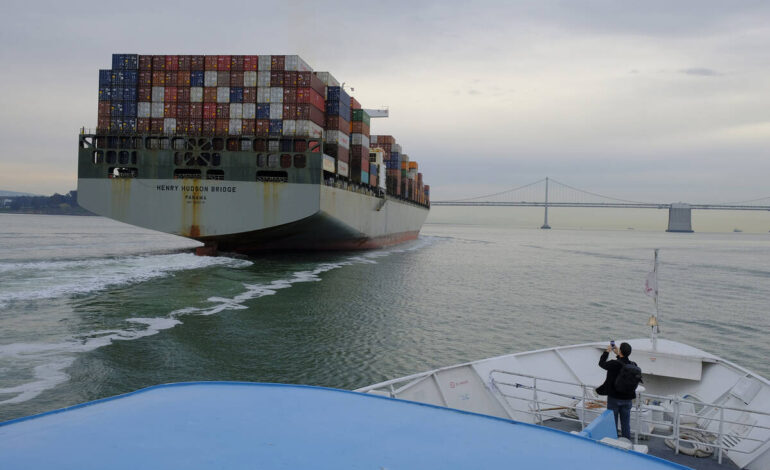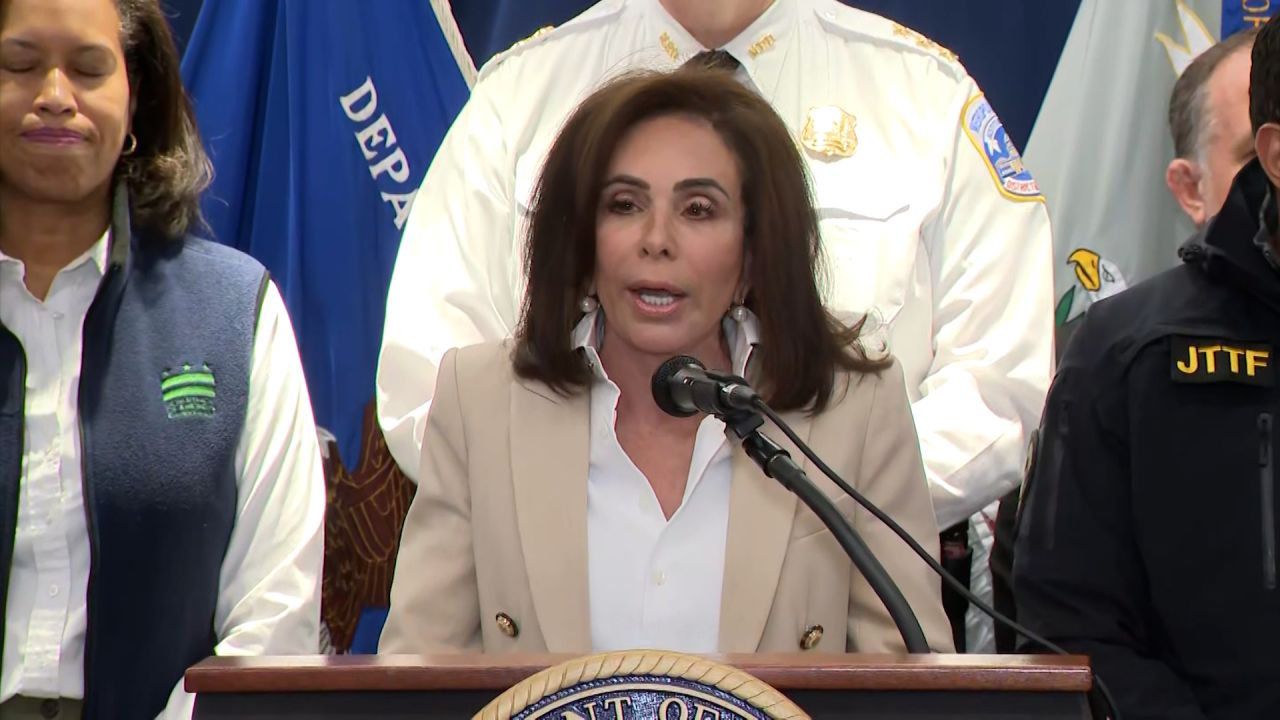U.S. Tariffs Imposed by Trump Raise Economic Concerns

In April 2025, President Donald Trump announced a series of reciprocal tariffs aimed at encouraging favorable trade deals for the United States. Four months later, the economic implications of this decision are becoming increasingly concerning. The U.S. now faces its highest import tariff levels in a century, which analysts suggest could have detrimental effects on the country’s economic growth and inflation rates.
The recent tariff increases have emerged alongside troubling budgetary policies that are placing the nation on an unsustainable financial path. Furthermore, an immigration policy that is straining various sectors, particularly agriculture and construction, adds additional economic pressures. The combination of high import tariffs and these ongoing challenges is likely to exacerbate inflation, posing significant risks to the overall economy.
Despite assurances from Trump during the announcement that countries would eagerly pursue trade agreements with the U.S., the reality has been starkly different. As of now, partial trade deals have only been reached with the European Union, United Kingdom, Japan, Indonesia, Thailand, and the Philippines. Notably absent from this list are agreements with Canada, Mexico, and China—America’s three largest trade partners. The lack of enforcement mechanisms for the investment commitments made under these deals further complicates the situation.
Tariff levels now range from 10 to 15 percent for countries like the United Kingdom and the European Union, while Canada, Mexico, and China face tariffs between 25 and 55 percent. Additionally, sectoral tariffs of 50 percent on steel, aluminum, and copper imports are now in place, with studies underway to potentially impose similar tariffs on pharmaceuticals, semiconductors, and lumber.
According to the Yale Budget Lab, the U.S. is now burdened with an average tariff level of 18.5 percent. This increase is projected to add nearly 2 percentage points to inflation and reduce economic output growth by 0.75 percentage points. These figures indicate a significant shift in the economic landscape, with recent job reports and disappointing GDP numbers for the first half of the year suggesting that the tariffs are already impacting the economy adversely.
The introduction of these high import tariffs has the potential to hinder long-term economic growth. The U.S. may no longer benefit from the advantages of international trade as it once did. Additionally, American companies could lose the competitive pressure from foreign markets, which often drives innovation and efficiency.
As the economic situation evolves, the responsibility for the outcomes will likely be a contentious issue. President Trump has directed criticism towards Federal Reserve Chair Jerome Powell, suggesting that any economic difficulties stemming from his tariff policies will not be acknowledged by the administration. Instead, the Fed may bear the brunt of blame should the economy falter in the coming months.
The ongoing developments surrounding these tariffs and their economic implications warrant close attention as the U.S. navigates this challenging landscape. The decisions made now will shape not only the current economic climate but also the future of American trade and industry.






